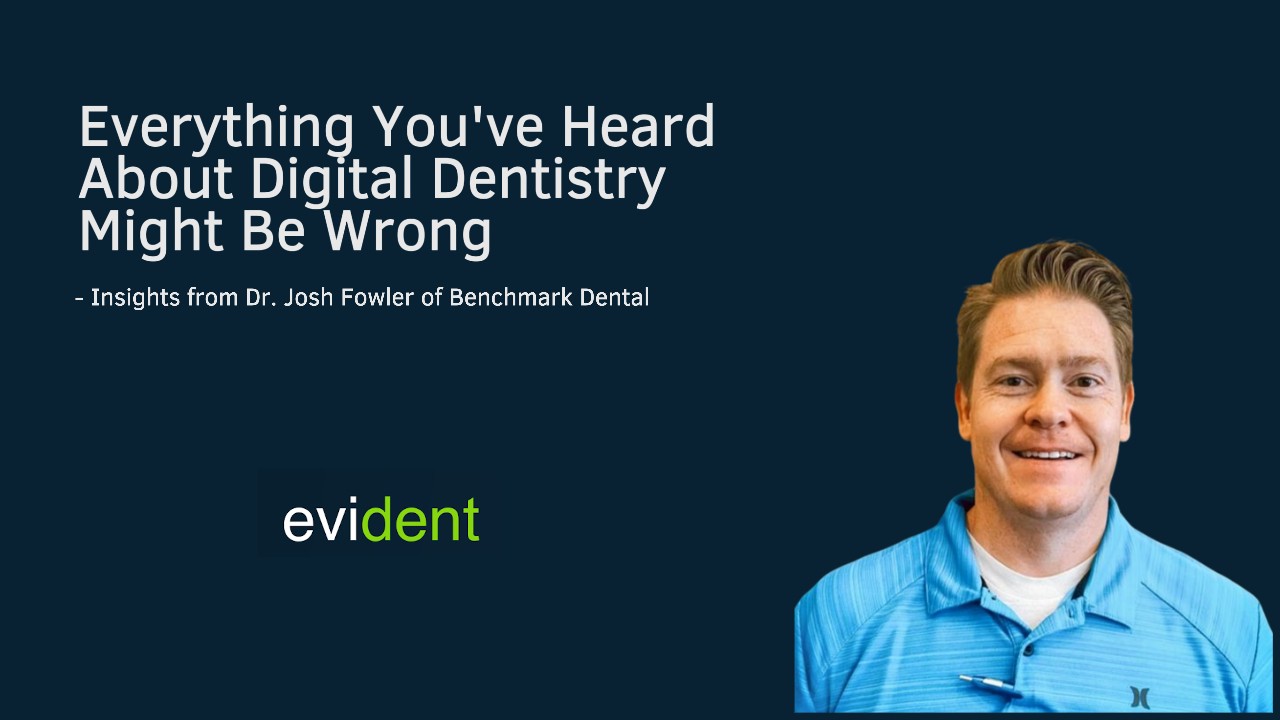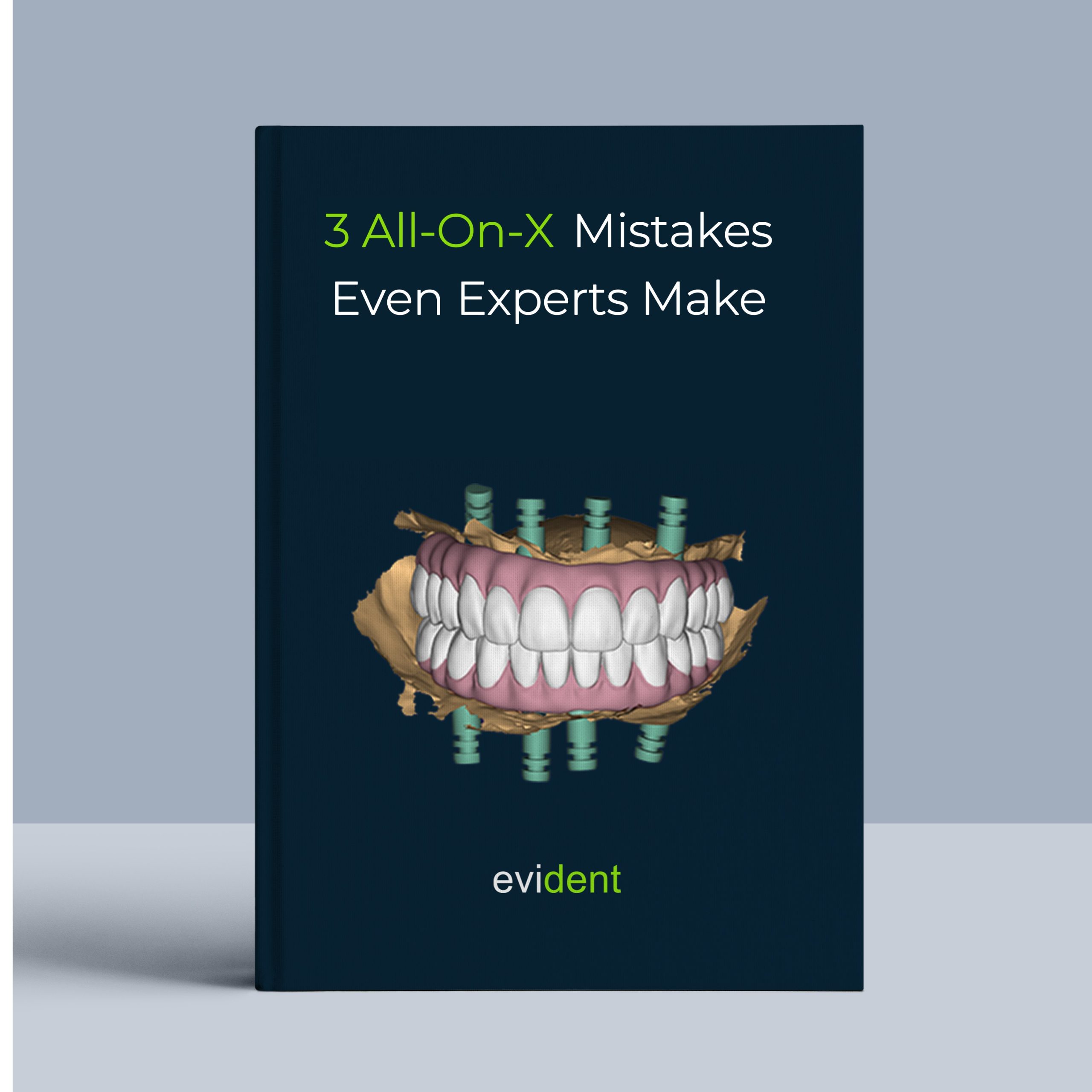
Digital dentistry offers significant benefits, but misconceptions often prevent dentists from fully embracing these technologies. In the webinar “Misconceptions on Digital Dentistry,” Dr. Josh Fowler, owner of Benchmark Dental in Colorado, debunks common myths and shares how digital tools can transform dental practices.
Myth 1: Digital Dentistry Is Too Expensive and Complex
Many dentists hesitate to adopt digital dentistry, fearing the costs are prohibitive and the learning curve is too steep. This concern is understandable—investing in new technology requires careful consideration, especially when it involves your practice’s resources and time.
The Reality:
Dr. Fowler explained that these concerns, while once valid, are no longer as daunting as they may seem. Today’sToday’s digital tools are more affordable and user-friendly than ever. Modern scanners and software are designed with intuitive interfaces, making them accessible even to those who aren’t tech-savvy. Plus, the return on investment (ROI) quickly becomes apparent as practices save on costly materials, reduce the frequency of patient visits, and streamline their workflows, ultimately improving overall efficiency.
Myth 2: Only Large Practices Benefit from Digital Tools
Another common belief is that digital dentistry best suits large, high-tech practices. Smaller practices often assume they will see different benefits or that the technology is unnecessary for their scale of operation.
The Reality:
Dr. Fowler emphasized that digital tools can benefit practices of all sizes. Even small practices can gain a significant competitive advantage by adopting digital technology. For instance, intraoral scanners can replace traditional impression materials, providing patients with a more comfortable and efficient experience. By implementing digital solutions, even a solo practitioner can position their practice as modern and cutting-edge, attracting patients who value innovation.
Myth 3: Digital Dentistry Won’t Significantly Improve Workflow
There’s a lingering perception that switching to digital won’t substantially improve daily operations. Some dentists worry that the disruption caused by adopting new technology might outweigh the benefits.
The Reality:
Dr. Fowler dispelled this notion by illustrating how digital tools can transform the workflow of a dental practice. Digital technology enables same-day treatments, such as crowns, which are time-efficient and cost-effective. This reduces the need for multiple patient visits, freeing up valuable chair time and allowing the practice to treat more patients efficiently. The streamlined workflow enhances productivity and boosts patient satisfaction, as they benefit from quicker, more accurate treatments.
Myth 4: Digital Dentistry Is Just a Trend
In a rapidly changing field, it’s easy to think that digital dentistry is a passing trend that will eventually fade as new developments emerge.
The Reality:
Dr. Fowler is confident that digital dentistry is here to stay and will only continue to grow. He predicts that advancements in materials and scanning technologies will further reduce production times and enhance treatment outcomes. By adopting digital tools, practices can remain competitive and continue providing the best possible care for their patients as the industry evolves.
Key Takeaways
- Start Small, Think Big: Begin with essential digital tools like intraoral scanners and gradually expand your digital capabilities.
- Overcome Misconceptions: The cost and complexity of digital dentistry have decreased significantly, making it more accessible than ever.
- Improve Patient Care: Digital dentistry enhances patient experience by reducing the need for multiple visits and improving treatment accuracy.
- Stay Competitive: Embracing digital tools can set your practice apart from competitors and position you as a leader in modern dental care.
Digital dentistry isn’t just a technological upgrade—it’s a pathway to more efficient, patient-focused care. Dentists can confidently move toward a more digital and successful practice by dispelling these common myths.








